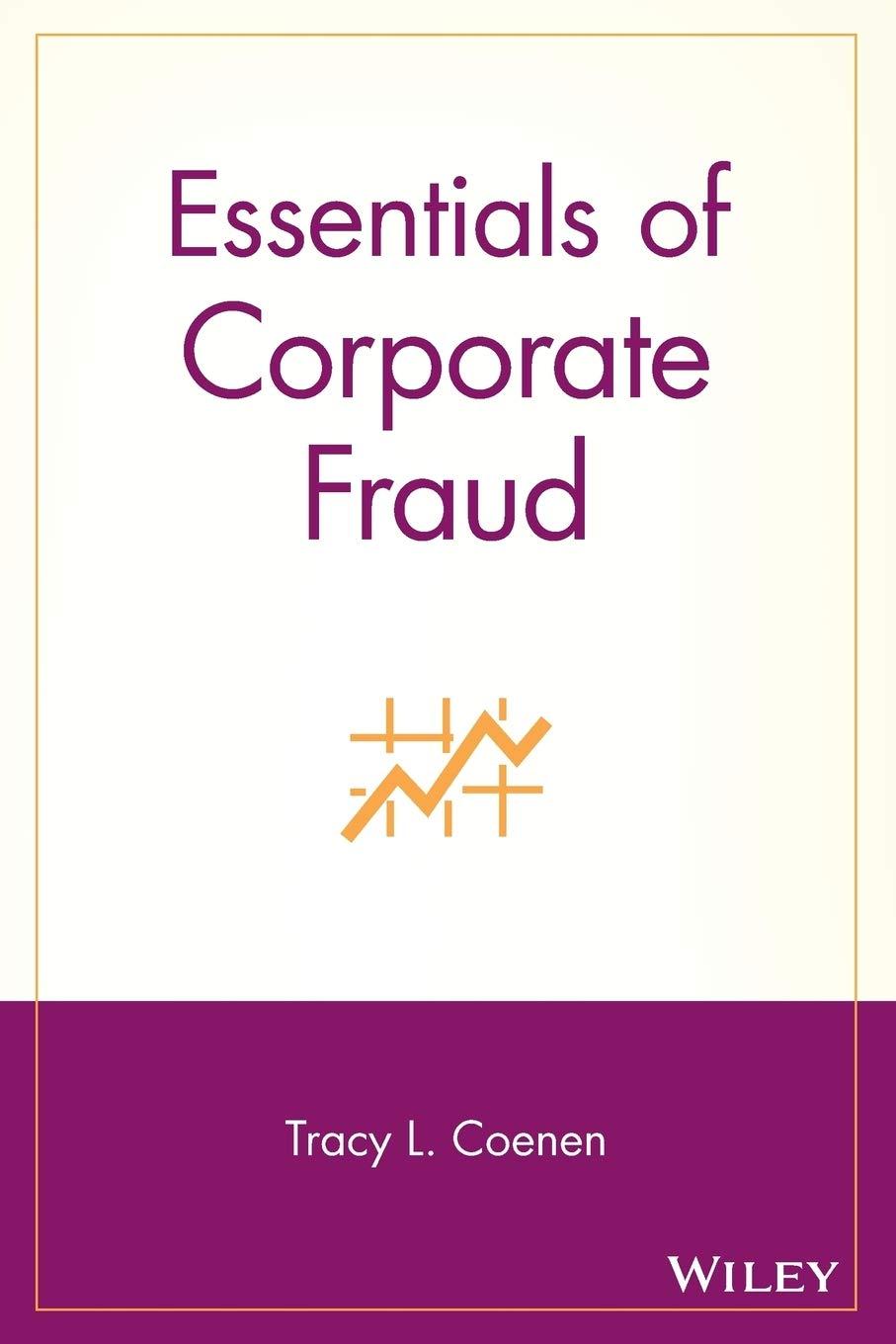Question
Floozy uses the period method and had the following inventory events during January: Date Units Purchased Unit Cost Date Units Sold Unit Sales Price Jan.
Floozy uses the period method and had the following inventory events during January:
| Date | Units Purchased | Unit Cost | Date | Units Sold | Unit Sales Price |
| Jan. 1 | 150 | $7.00 | Jan. 2 | 100 | $10.00 |
| Jan. 5 | 225 | 7.20 | Jan. 7 | 125 | 10.00 |
| Jan. 10 | 100 | 7.50 | Jan. 12 | 75 | 12.00 |
| Jan. 15 | 150 | 7.80 | Jan. 17 | 200 | 12.50 |
| Jan. 20 | 200 | 7.95 | Jan. 24 | 150 | 15.00 |
| Jan. 25 | 150 | 8.00 |
|
|
|
| Jan. 30 | 75 | 8.20 |
|
|
|
Note: January 1 amount was the beginning inventory and unit value.
(Round all total dollar values to the nearest dollar. Round all unit values to the nearest penny.)
Required:
a. Calculate cost of goods available for sale.
b. Calculate the dollar value of sales.
c. Calculate the value of Ending Inventory and Cost of Good Sold under the following independent assumptions:
1) LIFO method
2) FIFO method
3) Average-cost method
Step by Step Solution
There are 3 Steps involved in it
Step: 1

Get Instant Access to Expert-Tailored Solutions
See step-by-step solutions with expert insights and AI powered tools for academic success
Step: 2

Step: 3

Ace Your Homework with AI
Get the answers you need in no time with our AI-driven, step-by-step assistance
Get Started


